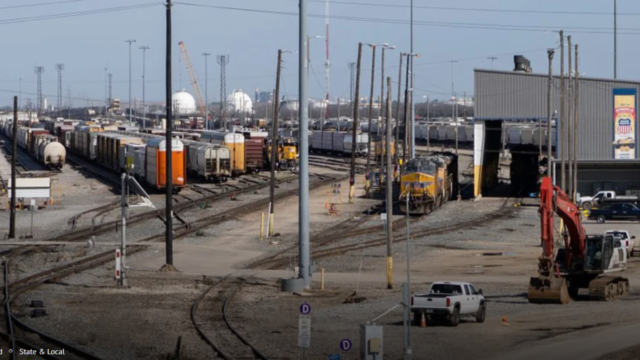
U.S. Environmental Protection Agency Grants Union Pacific’s Request
In conjunction with the U.S. Environmental Protection Agency (EPA), and in collaboration with its community partners, Union Pacific signed an agreement to move forward with additional environmental assessment and testing at the former Houston Wood Preserving Works (HWPW) site in Houston’s Fifth Ward neighborhood.
The Statement of Work approved by the EPA enables Union Pacific to begin a series of site activities including:
- Soil gas testing and assessment of potential vapor intrusion pathways.
- Soil sampling and testing for dioxins and furans, as a follow-up to recent testing in the nearby neighborhood.
- Additional storm sewer sampling and testing to evaluate potential impacts.
- Work plan development to guide the sampling and testing activities and reduce the potential impacts from this work.
- Extensive community outreach and engagement.
In January, the EPA granted a request from Union Pacific and its community partners to use the Comprehensive Environmental Response, Compensation and Liability Act (CERCLA) to enable quicker Union Pacific action. The EPA’s use of CERCLA authorizes and allows faster sampling and testing compared to alternative regulatory procedures. All these actions will be paid for by Union Pacific, rather than taxpayers.
“Union Pacific takes its environmental obligations seriously and is committed to working with the EPA and community on the site assessment process, including the railroad providing all necessary funding,” said Clint Schelbitzki, assistant vice president – Public Affairs. “The EPA’s order allows us to move as quickly as possible toward solutions and proactively communicate with residents, so they are fully informed as we move forward.”
Since acquiring the property from Southern Pacific Railroad in 1997, Union Pacific has:
- Installed over 120 wells at the site and in neighboring Fifth Ward.
- Capped creosote-impacted soil onsite.
- Created an asphalt/concrete barrier to control exposure from underground creosote.
- Excavated soil and built a concrete sidewalk to address the contaminated area between the site boundary and Liberty Road.
- Monitored groundwater and removed creosote from the subsurface.
For more information about the former Houston Wood Preserving Works site, visit: https://www.houstonwoodpreservingworks.com/.



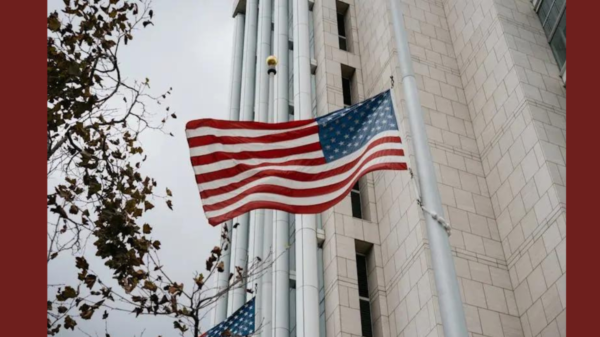

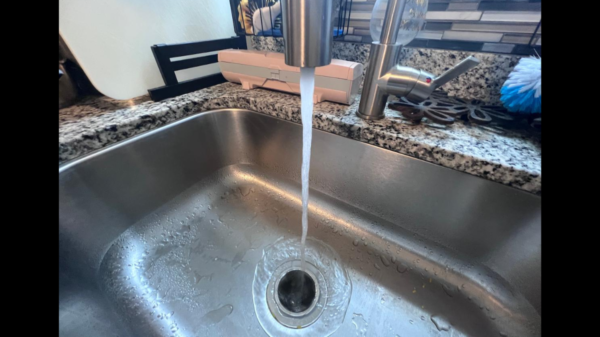
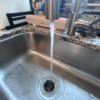
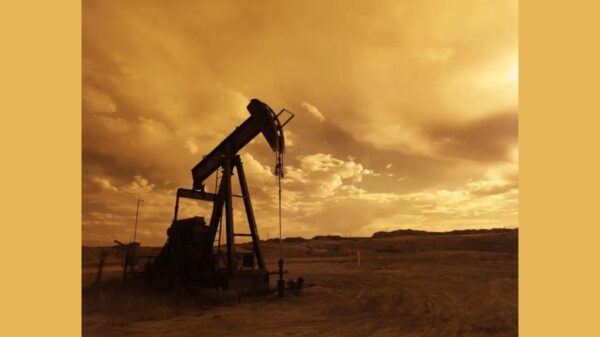

You must be logged in to post a comment Login